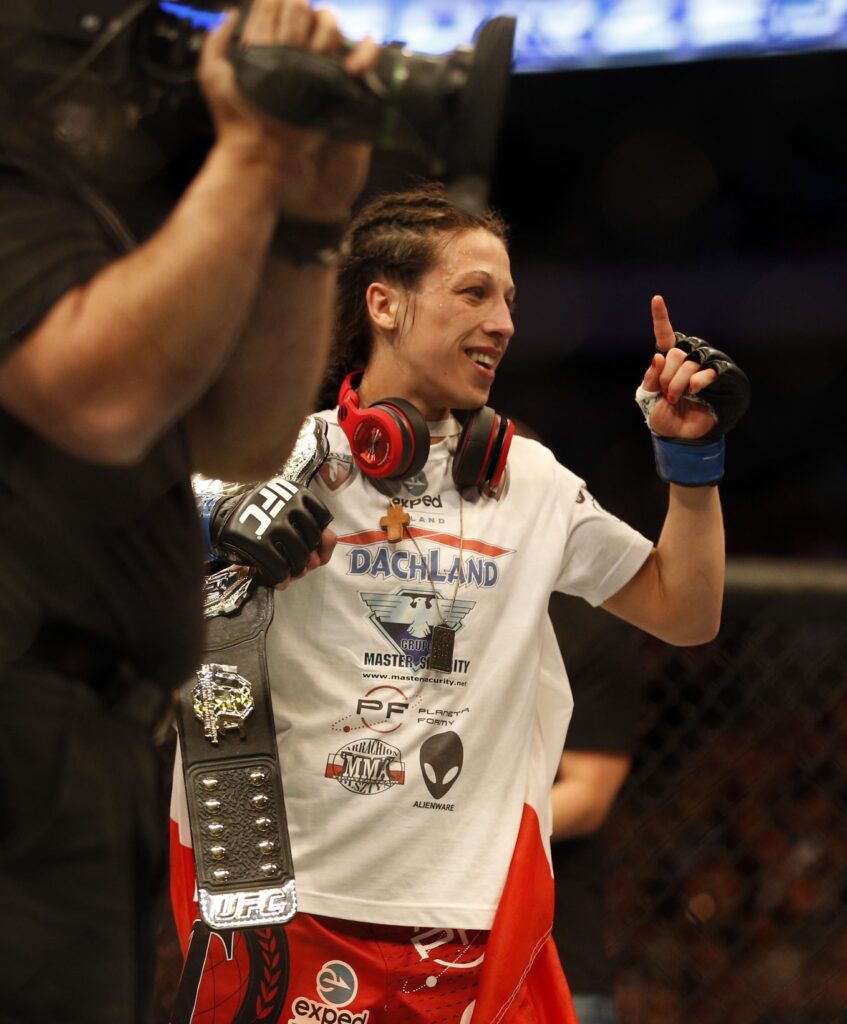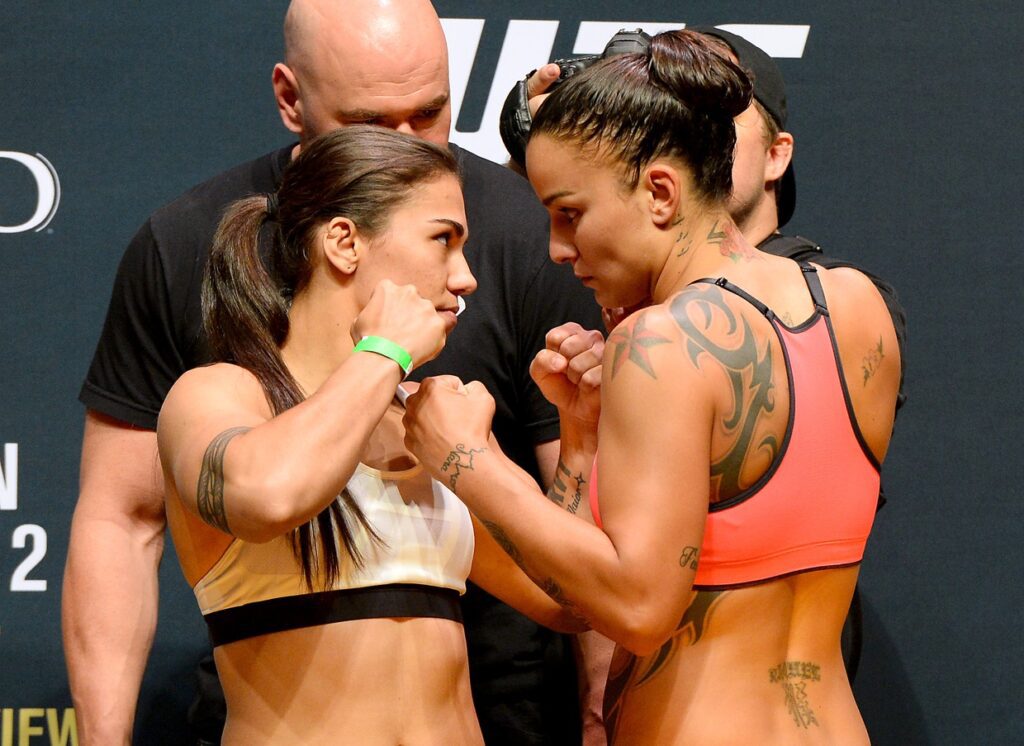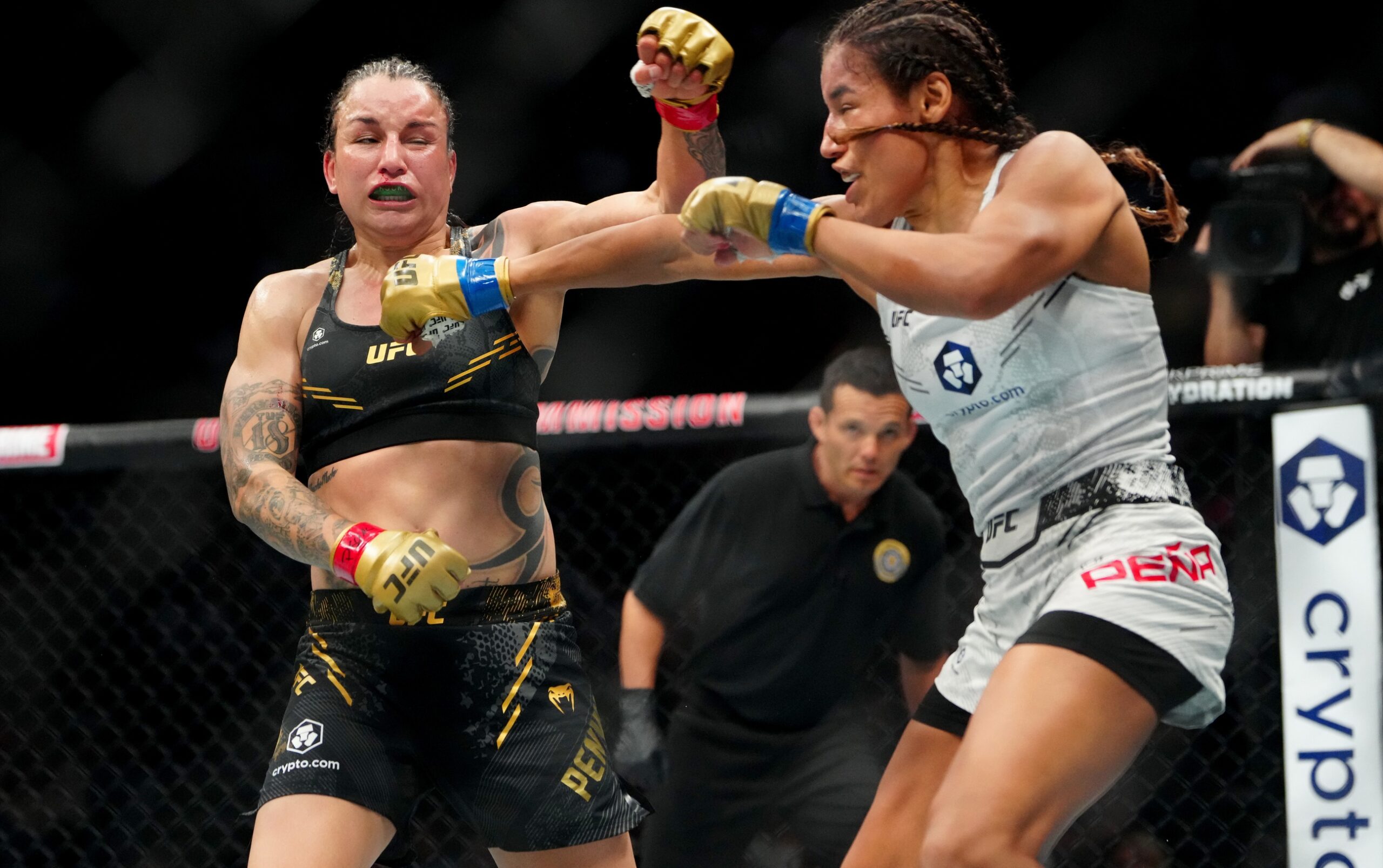The landscape of mixed martial arts has undergone a seismic shift in recent years, with womens MMA emerging as a powerful force within the Ultimate Fighting Championship (UFC). The journey began in earnest when UFC President Dana White, once skeptical about women competing in the octagon, had a change of heart after witnessing the undeniable talent and marketability of female fighters. Let’s dive into the remarkable story of how women’s MMA has transformed the UFC and the sport as a whole.
The breakthrough moment came in 2013 when Ronda Rousey, an Olympic judoka turned MMA phenom, became the first woman to sign with the UFC. Rousey’s explosive performances and magnetic personality quickly captured the imagination of fans worldwide, paving the way for a new era in the sport (The Rise of Women’s MMA | UFC).
A New Era of Talent and Skill
As the doors opened for female fighters, a flood of talent poured into the UFC. The promotion established weight classes for women, starting with the bantamweight division and gradually expanding to include strawweight, flyweight, and featherweight categories. This expansion created opportunities for a diverse range of athletes to showcase their skills on the world’s biggest MMA stage.
The level of talent in women’s MMA has skyrocketed, with fighters like Amanda Nunes, Valentina Shevchenko, and Rose Namajunas demonstrating technical prowess and athletic ability that rivals their male counterparts. These athletes have not only broken records but have also shattered stereotypes about women in combat sports (Best Women UFC Fighters | Knup Sports).
Breaking Barriers and Setting Records
The growth of womens MMA in the UFC has been marked by numerous milestones and record-breaking performances. Amanda Nunes, widely regarded as the greatest female MMA fighter of all time, became the first woman to hold championship belts in two weight classes simultaneously. Her dominance across multiple divisions has set a new standard for excellence in the sport.
Other notable achievements include:
- Joanna Jedrzejczyk’s record-setting run as strawweight champion, defending her title five times.
- Zhang Weili becoming the first Chinese champion in UFC history.
- Valentina Shevchenko’s ongoing reign as flyweight champion, showcasing unparalleled technical skills.

These accomplishments have not only elevated the status of women’s MMA but have also inspired a new generation of female athletes to pursue careers in the sport.
The Impact on UFC Events and Venues
The rise of women’s MMA has had a profound impact on UFC events and the venues that host them. Female-led fight cards have proven to be major draws, often headlining pay-per-view events and selling out arenas around the world. The excitement generated by women’s bouts has contributed to the UFC’s expansion into new markets and larger venues.
Iconic locations such as Madison Square Garden in New York and the T-Mobile Arena in Las Vegas have played host to some of the most memorable women’s fights in UFC history. These venues, known for their electric atmospheres, have become synonymous with the biggest nights in women’s MMA (The Best UFC Venues in the World – Knup Sports).
The global appeal of women’s MMA has also led the UFC to explore international venues, bringing high-profile female fights to countries like Brazil, China, and Poland. This worldwide exposure has been crucial in growing the fanbase and attracting new talent from diverse backgrounds.
The Future of Women’s MMA in the UFC
As women’s MMA continues to evolve within the UFC, the future looks brighter than ever. The promotion’s commitment to developing female talent is evident in its investment in programs like Dana White’s Contender Series, which has unearthed promising prospects like Maycee Barber and Tracy Cortez.
The depth of talent in women’s divisions is increasing rapidly, with fighters from various martial arts backgrounds bringing new techniques and strategies to the octagon. This diversity of styles has led to more dynamic and unpredictable fights, further enhancing the appeal of women’s MMA to fans and analysts alike.
Looking ahead, there are several exciting developments on the horizon:

- The potential introduction of new weight classes to accommodate a wider range of female athletes.
- Increased cross-promotional events, allowing UFC champions to face top talent from other organizations.
- The continued rise of international stars, expanding the global footprint of women’s MMA.
As the sport grows, so too does its cultural impact. Women’s MMA in the UFC has become a powerful platform for athletes to advocate for gender equality, body positivity, and female empowerment. The success of these fighters both inside and outside the octagon is inspiring women and girls around the world to pursue their dreams, whether in martial arts or other fields.
In conclusion, the growth of women’s MMA in the UFC has been nothing short of revolutionary. From its humble beginnings to its current status as a cornerstone of the promotion, women’s MMA has proven that skill, determination, and heart know no gender. As we look to the future, it’s clear that the women of the UFC will continue to break barriers, set records, and inspire millions, cementing their place in the annals of combat sports history.









